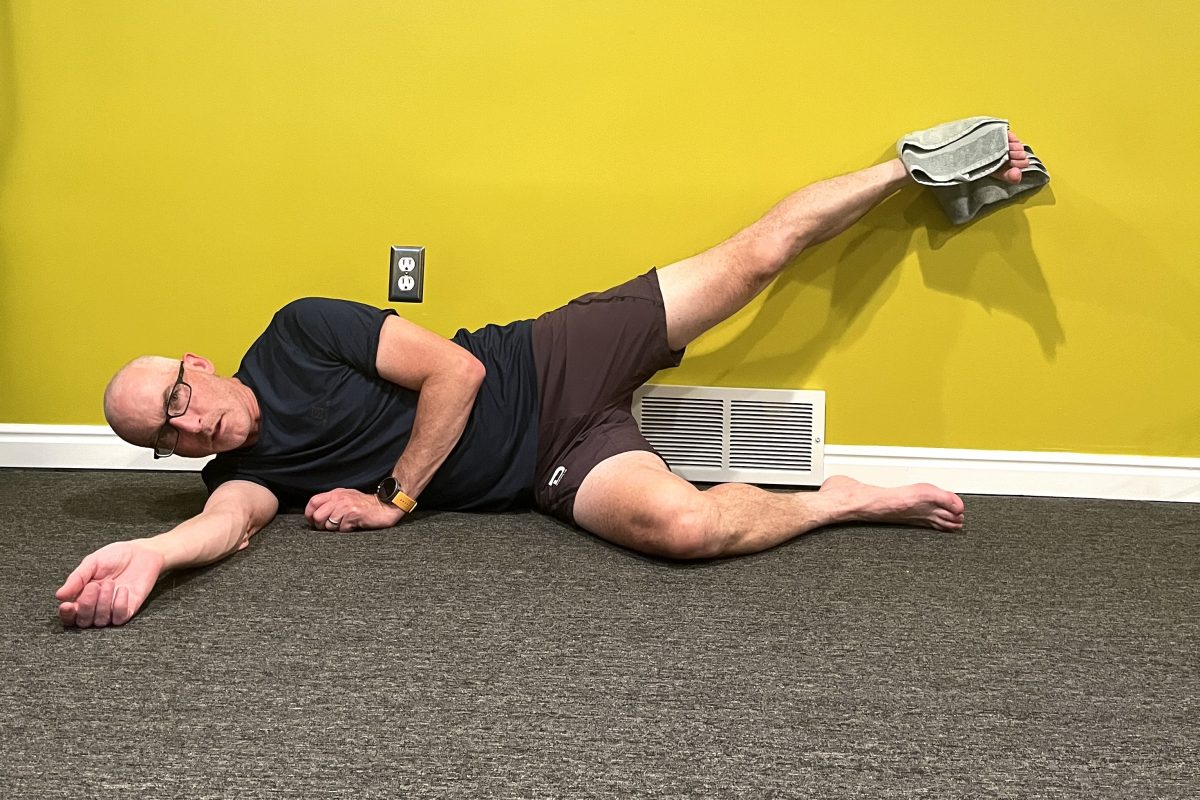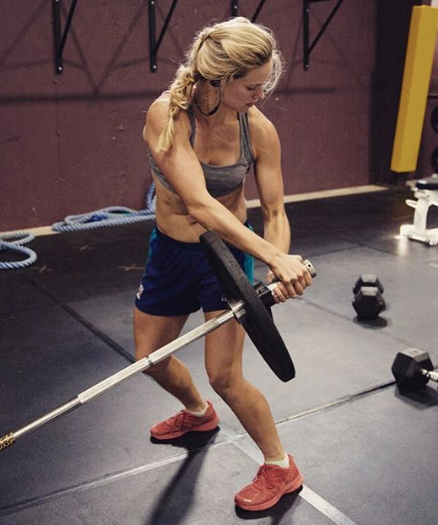
Martin Rosvall, 32, works full time as an assistant professor of physics at the University of Umeå in northern Sweden. But the constraints of a full time job, work-related travel and conferences are no barriers to stellar marathon performances, Rosvall says.
Point in case: In March, he finished 15th overall at the Vasaloppet, the 90 K classic race that attracts more than 20,000 skiers and was Rosvall’s main goal for the season. The legendary race from Sälen to Mora became every bit as good as planned.
“I knew that I was stronger this year, and I wanted to ski the Vasa differently than I have before,” Rosvall says.
The wild-card Swede pulled the pack more or less from the 25K mark to the 65K mark, pulling the field and breaking the wind for World Cup skiers and Vasaloppet champions including triple Vasaloppet winner Daniel Tynell (2002, 2006, 2009), 2010 Vasaloppet champion Jörgen Brink, and triple Vasaloppet champion Oskar Svärd (2003, 2005, 2007).
Mathias Fredriksson, Thomas Alsgaard, Stanislav Rezac and a few other ringers created a breakaway right from the gun. Rosvall caught Alsgaard at the halfway point. Aside from Rezac, Rosvall beat all of them to the finish. He also left skiers such as the brothers Thobias and Mathias Fredsriksson (SWE), 2004 Vasaloppet champion Anders Aukland, and Jerry Ahrlin in the dust.
So how did a guy with a full-time job go about his goal of improving on his PR Vasaloppet finish from 2006, when he was 16th overall?
A systematic approach
This year, Rosvall had two goals for the big day.
First, Rosvall was less concerned about the overall placement and more focused on being the first skier attacking the most important hills on the course. He practiced the climbs over and over again in the days leading up to the race, the first of which comes at Risberg, 30 kilometers into the race.
“Usually the pack has gotten smaller by this time, and I’ve been dropped here before,” Rosvall says.
The next critical hill is at Oxberg, 60 kilometers into the race.
“My main strategy was to come into these hills as the first skier. Which I was,” Rosvall notes contentedly. He explains that to be the first skier into a hill in the Vasa, you have to place yourself in the front of the pack three to four kilometers prior to the beginning of the ascent.
“On the first climb, I was first on the bottom and first at the top. On the second climb, basically the whole main group was behind me and I was ahead of Jörgen Brink. So to pass me, they would have to ski faster than me. Coming to the top of that hill, I was on Oskar Svärd’s skis. All the other skiers stayed behind me,” he says with a grin, knowing how much that would cost.

Confidence and strategy
Rosvall’s second goal for the Vasa was to enter the race with confidence. Focusing less on the overall result allowed Rosvall to use his confidence to ski the course strategically.
The only problem with not focusing on the overall result, he says, is that you can lose track of the field. That proved a problem toward the end of the race.
“I didn’t have any exact idea of how I was doing. I didn’t use all my energy, and saved some for the last 15K, but that caused me to stay with the pack to conserve energy, and that was the pack that dropped Mathias Fredriksson. Thobias Fredriksson and I did all the work. The other four in the pack were too tired. Then at the end, I got outsprinted by two guys who had stayed behind and stayed fresh. I had led too much. I was disappointed. Not because I was 15th. But I had the skis and the day where I could have been top 10. So I was disappointed. But after the race, Daniel Tynell, Jørgen Aukland (NOR) and Oskar Svärd came up to me and thanked me for doing all the work for them,” Rosvall says, explaining that their gratitude helped put the event in perspective for him.
“I did at least half of the work and I was always in the top three of the pack,” Rosvall says. “I finished 15th and came away with a lot of confidence that I hope to take advantage of in the Vasaloppet next year.”
“It would be so fun to finish the Vasa with the fastest guys, and ski the stretch to the finish line with the winners. I need the skis and I need the day, but now I know I can do it.”
Raised among the best
However, Rosvall, a member of Lycksele IF ski club in northern Sweden, is no stranger to skiing with World Cup-caliber athletes. He grew up training and competing with former Olympian Per Elofsson, as well as World Cup racers Björn Lind and Björn Ferry.
“I was never as good as Per Elofsson as a junior. Nobody was as good as Per. He was in a league of his own, entirely, and we were all wondering how fast we’d have to ski as seniors when we saw how fast Per raced as a junior,” Rosvall recalls, bringing up Elofsson’s first World Cup victory in Muonio (FIN) in 1998 as an example. (See the video here.)
“You didn’t have to ski faster than Per,” Rosvall concludes.
This is the second part of a two-part mini series on Martin Rosvall. Read part one here.

Inge Scheve
Inge is FasterSkier's international reporter, born and bred in Norway. A cross-country ski racer and mountain runner, she also dabbles on two wheels in the offseason. If it's steep and long, she loves it. Follow her on Twitter: @IngeScheve.




One comment
trski
August 13, 2010 at 4:33 pm
smart guy and smart racer … good work Martin.